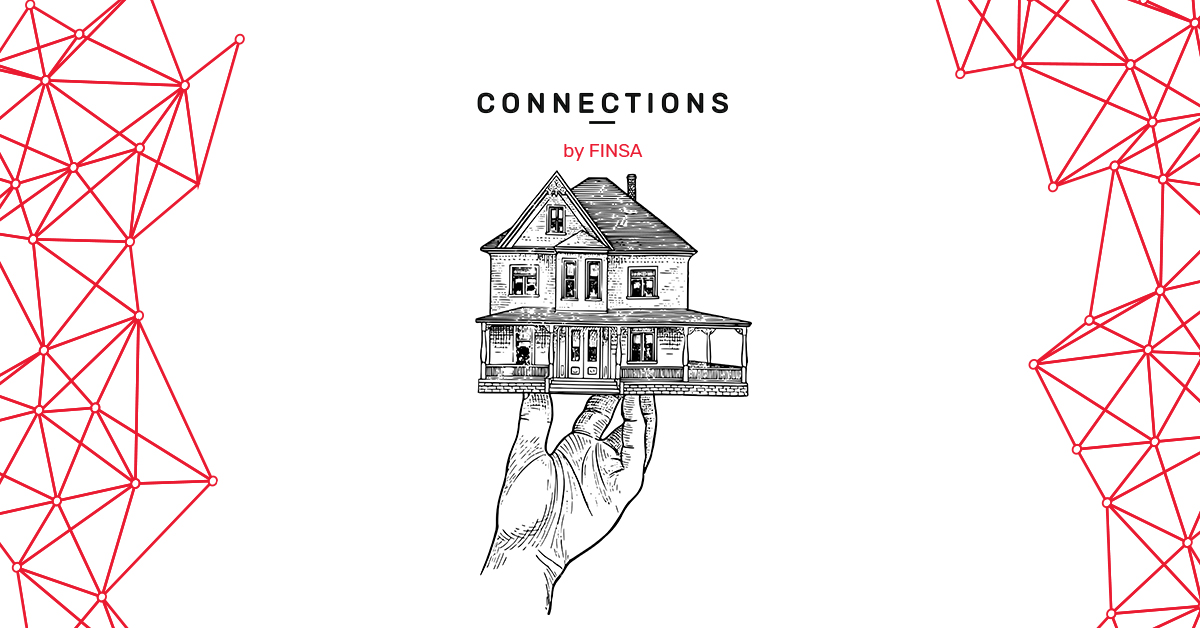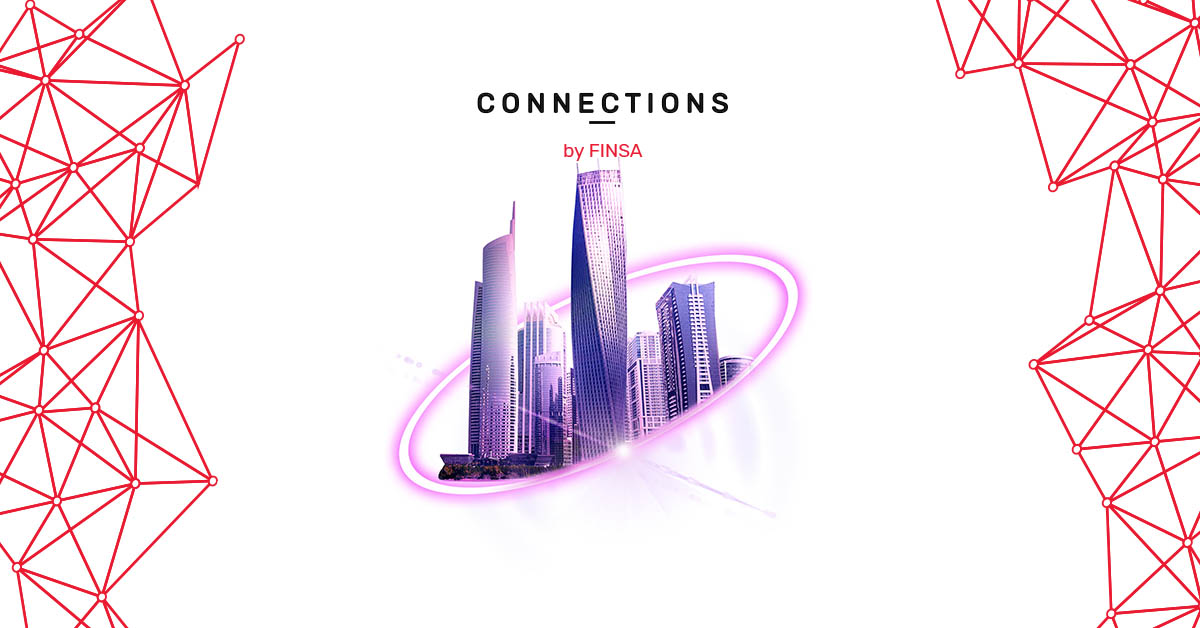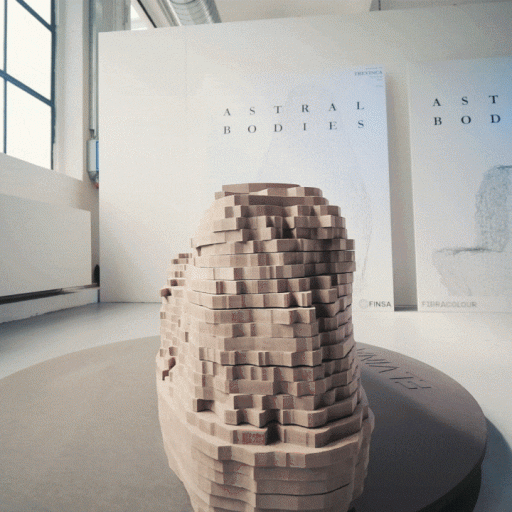Is new urbanism going through the roof? For the Dutch studio Walden, yes, literally and figuratively. Considering that most of the population lives in cities, where extreme temperature conditions and air pollution are a major problem, the company is planning a pioneering solution at a global level: Dakdorpen. It is a concept of urbanism that proposes building villages on rooftops, based on ways of life that replicate rural self-sufficiency and sustainability.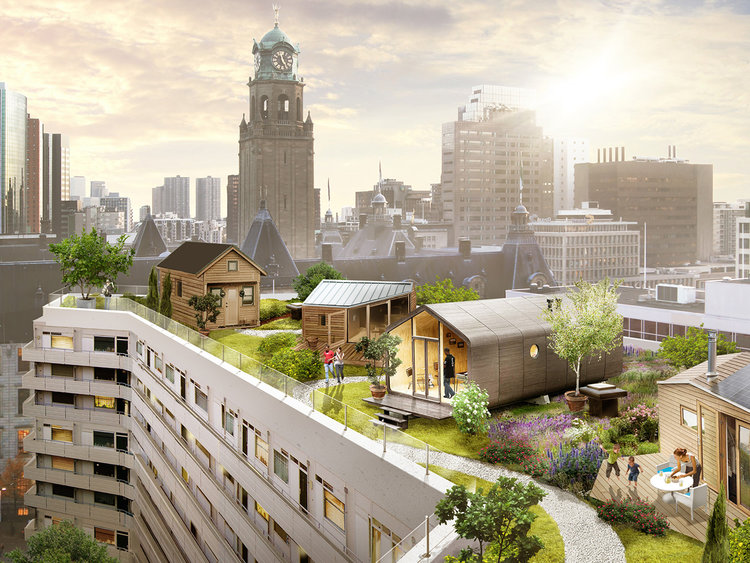
Green roofs, origins of Dakdorpen
How did this revolutionary idea come about? The germ of Dakdorpen is to be found in green roofs, a way of covering this part of a building with vegetation (partially or totally), with the aim of cleaning the air and thermally regulating cities.
In the Dakdorpen prototyping process, Walden first launched a circular substrate project which, with the support of biologist Seeger van Kints and waste processor GP Groot, proved that it was possible to grow plants with the same qualities as on land. They did it on a roof of the De Kroon building in Rotterdam (where the first rooftop village is being planned) using 24 one-square-metre containers.
The year-long follow-ups yielded excellent results, as well as “knowledge accessible to a wide audience, one of the most important pillars of this phase: sharing what we learn,” the study explains.
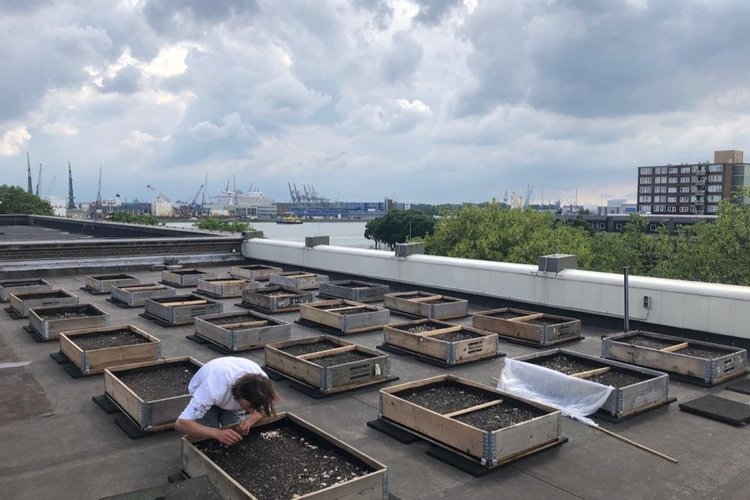
Following the success of this first approach, rooftop villages will go one step further by remodelling these spaces for permanent habitation. Thus, in addition to the benefits associated with green roofs, there is also a housing solution in cities that are particularly populated. The study estimates that if 10% of Rotterdam’s roofs were used for this purpose, the result would be 15,000 homes of approximately 80 square metres.
What Dakdorpen offers: tiny – houses and nature
Another of the keys to Dakdorpen is precisely the housing solution it advocates. In terms of size, it promotes tiny-houses as fully accessible minimum living spaces for people with any kind of functional diversity.
On the other hand, as we said, it implies, as a value associated with this model, the connection with nature and the recovery of rural living habits: sustainable and in network with the neighbourhood. They defend the possibility of self-sufficiency through the cultivation of vegetable gardens (empirically demonstrated in the first phase) and their management in the micro-communities that are created on the heights.
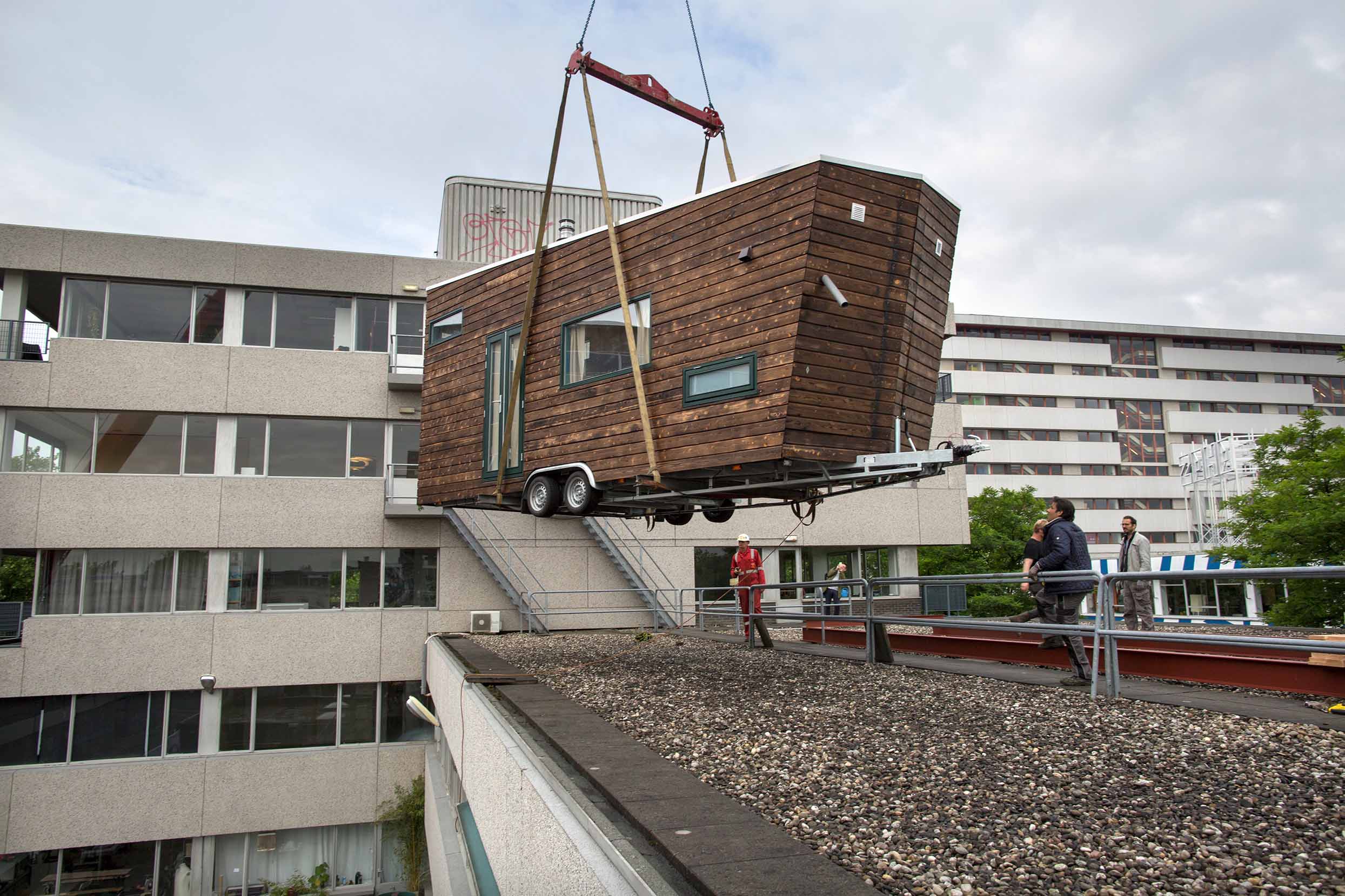
Dakdorpen started in 2017, together with Rotterdam Rooftop Days and Tiny House Academy, with the placement of a tiny house in Zomerhofstraat. In 2018, anthropologist Renee Roojmans, part of the team, started living on the roof of Hofbogen for a year. After a successful year, the current project in De Kroon was set up in 2019 and summarised in this blog.
Benefits for cities with rooftops villages
Walden’s analyses concluded that buildings whose roofs are refurbished as villages will obtain better insulation (5 to 8 degrees cooling in summer) and a considerable reduction of energy consumption, as well as a longer life span for the roof.
Ver esta publicación en Instagram
Unlike the simple incorporation of vegetation on rooftops (green roofs), the use of these spaces as housing allows the project to be economised and its construction to be speeded. In addition, it will be possible to obtain income from the residential rental of these spaces designed to be inhabited on a permanent basis, thus moving away from the gentrification systems that generate imbalance in some cities.
Not all roofs are fit for habitation
Roojmans clarifies that “before you do anything on the roof you have to know the building below and study what load-bearing capacity you need for the use you want to make of it. This will influence whether you can put trees on the roof, how much substrate the roof can support, and so on. Sewage or water pipe installations would also be another type of limitation for this model.
Ver esta publicación en Instagram
Cooperation, the key to change
On the Dakdorpen website they ask for support from all kinds of entities that are willing to join in this paradigm shift in cities. The studio supports collaboration as a solution to the current problems of architecture, both in the sum of professionals from different disciplines and in the support of companies from different sectors.
Do you dare to join the urban change? Do you think we will live looking at the clouds? Tell us about it on social media with the hashtag #ConnectionsByFinsa.


